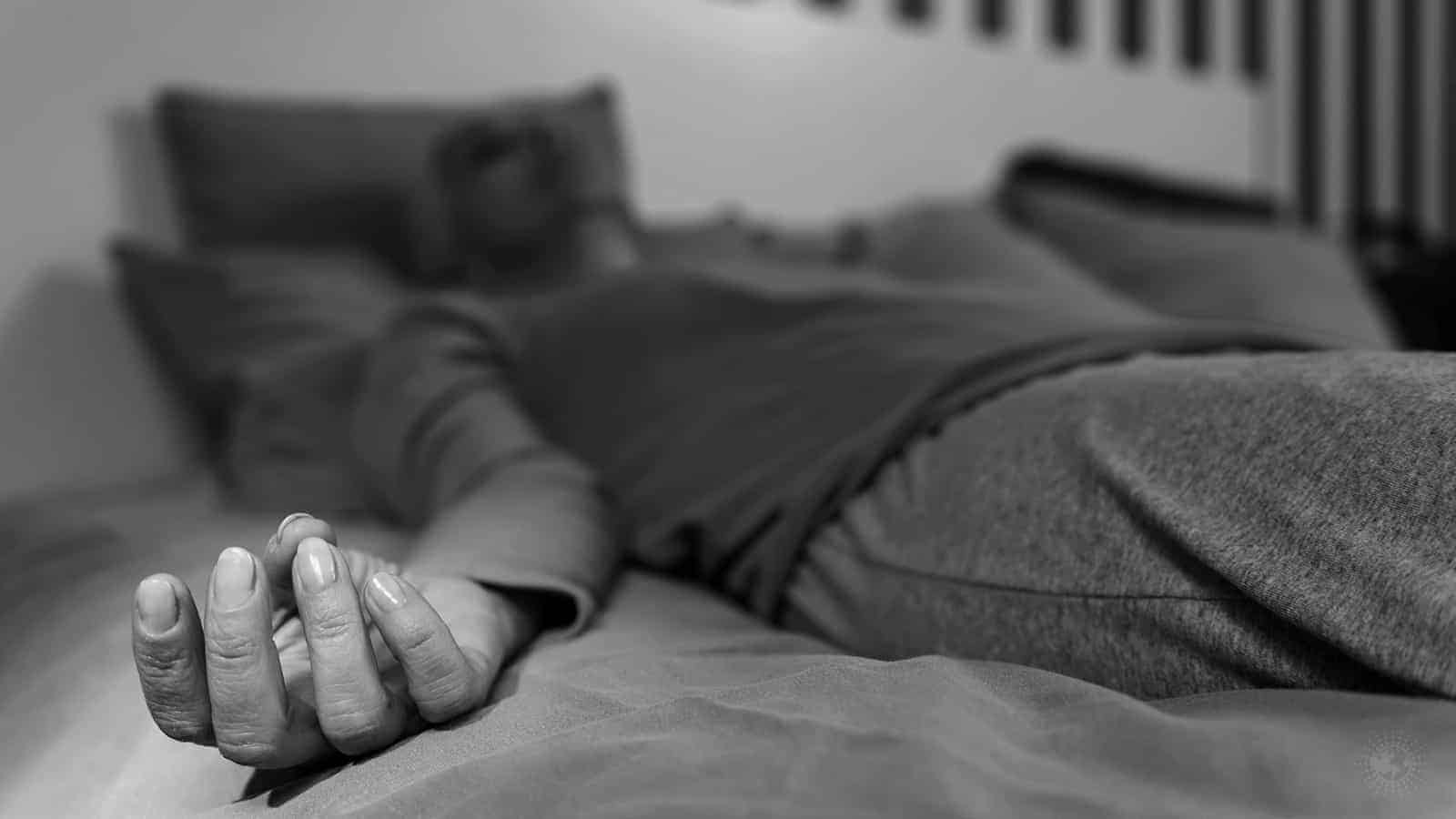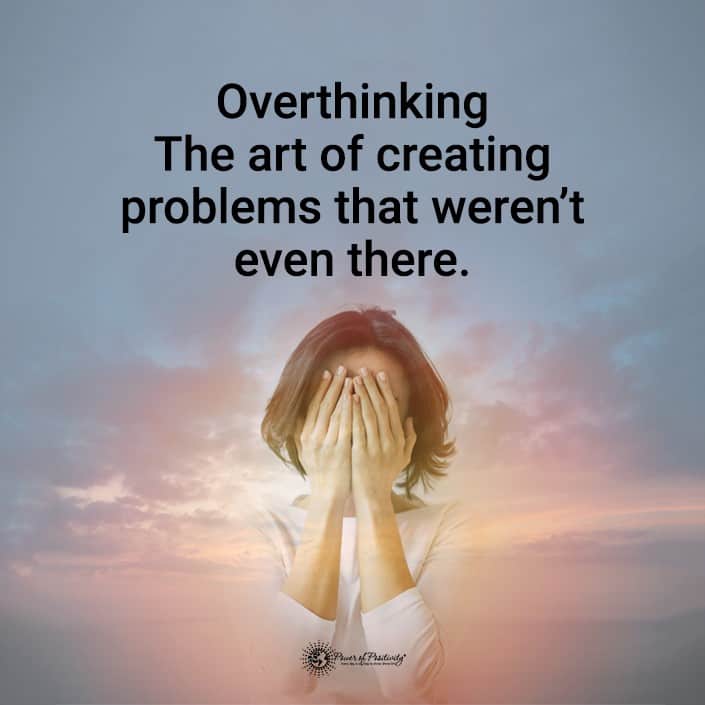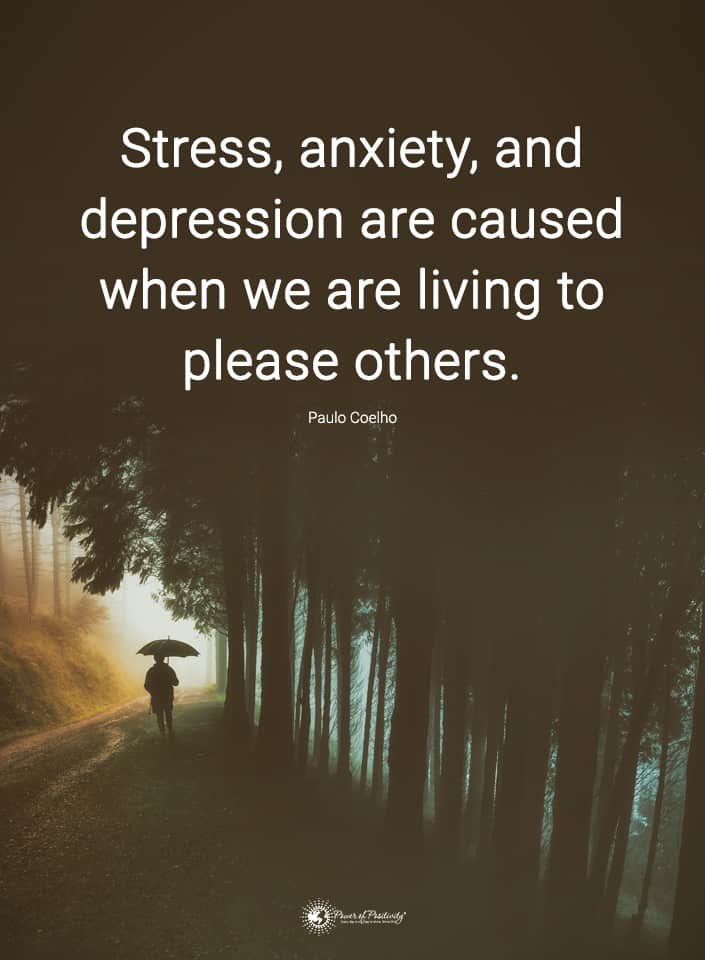Many people have trouble falling asleep or suffer from insomnia regularly. If you are one of them, you are not alone in this. Since so many people have this problem, doctors have worked to determine how to use meditation to sleep.
Using meditation to sleep is helpful because it is a relaxation technique. Meditation will inspire inner-peace and you will be less stressed, anxious, or tense. Since it relaxes your body and mind, meditating before bed will help you sleep better.
There are different ways to use meditation to sleep, so try them all and decide which ones work for you. Remember that what works for one person may not help another, so don’t get discouraged if the first one doesn’t help. You should also keep in mind that meditation is a practice, and you’ll get better each time you do it.
How Does Meditation Help with Sleep?
Doctors have discovered that meditating before bed leads to several physiological changes. Studies show that those who normally have insomnia have positive results after trying meditation to sleep. The participants noted fewer symptoms of insomnia and a decreased level of fatigue during the day.The researchers determined that meditation helped in a few ways. First, it helps with relaxing and calming the mind. It can also help you take control of your autonomic nervous system, which helps you fall into a deeper sleep.
Meditation helps increase serotonin and melatonin levels, both of which will help you sleep better. It can also reduce your heart rate and blood pressure, which can further relax you. Plus, it stimulates areas of the brain that promote healthy sleep patterns.
All of the changes that occur in your body when you are falling asleep are the same changes that occur when you meditate. This means that it is effective in helping you fall asleep and stay asleep.
How to Use Meditation to Sleep Better
When using meditation to sleep, Doctor Joyce Walsleben from the New York University of Medicine recommends doing it right before bed. You should be in a calm, quiet environment, as well.
She does note that you can do these types of meditation anytime throughout the day. When using meditation specifically for sleep, however, make sure to do it right before bed for the best results.
You won’t need any tools or equipment, and meditation only takes a small amount of your time. As mentioned before, meditation is a practice so you won’t do it perfectly right away. The key is to keep working at it each day, and each day you’ll experience more of the benefits.
The Basic Steps
While there are different types of meditation you can do for sleep, they all follow the same basic steps. These steps are as follows:
1. Create or find a quiet, calm environment.
2. Get comfortable and lie down.
3. Close your eyes and focus on your breathing, inhaling, and exhaling deeply.
4. Push all negative thoughts away, and bring your focus back to your breathing.
Now that you know the basic steps to follow, you’ll be ready to practice some of the techniques to sleep better.
Mindfulness Meditation
The main focus of mindfulness meditation is to focus on the present. You will become more aware of your consciousness, your body, and your breathing. This technique requires you to let your thoughts go as they come to your mind.
To practice mindfulness meditation, you should first remove all distractions from the room you are in. This includes your cell phone or computer. Then, do the following steps:
1. Lie down and get comfortable.
2. Inhale for 10 counts, holding your breath for 10 counts, and then exhaling for 10 counts.
3. Repeat the breathing pattern five times.
4. Inhale deeply and tense your body up at the same time.
5. Hold that position for a second or two.
6. Relax and exhale, and repeat the tensing and relaxing process five times.
7. Focus on your body and your breathing again.
8. If any part of your body feels tense, relax it.
9. Push away all thoughts as you think about breathing in and out steadily.
Guided Meditation
This type of meditation is when someone else leads you through the meditation. They will tell you what to do and when to do it, helping you to stay focused as you relax. Guided meditation is sometimes also referred to as guided imagery.
It is called guided imagery because oftentimes, the person guiding you will tell you to envision things. They might ask you to envision relaxing scenes such as clouds, water, or mountains. Sometimes they may leave it open-ended and ask you to envision the place you find most relaxing.
It is common for a guided meditation to involve not only envisioning the sights but to use your other senses, well. Think of the smells of the place you are imagining, and of the way it would feel for you to reach out and touch something there.
Since you may not always have someone there at night to guide you through the meditation to sleep, there are other options. Many podcasts, apps, and streaming services offer guided meditation that you can play before you go to bed.
Once you have your guide ready, lie back, and relax as you focus on the words. The more you focus and do what the guide says, the sooner and better you will sleep.
Body Scan Meditation
With this technique, you don’t literally get a body scan. Instead, it means that you focus on each part of your body to become more aware of tension and pain so that you can relax those parts. To do body scan meditation, follow these steps:
1. Lie down and get comfortable.
2. Close your eyes and slow your breathing.
3. Pay attention to the weight of your body as a whole.
4. Then, focus on one body part at a time, starting with your face.
5. Focus on the specific parts such as your jaw, eyes, and muscles.
6. Continue down your body to your neck and shoulders next, relaxing them as you go along.
7. From there, keep going down to your arms and fingers, then to your stomach, back, hips, legs, and feet.
8. Focus on all of those parts individually, taking note of how that body part feels.
9. Keep your thoughts solely focused on your body.
Abdominal Breathing Meditation
This technique requires you to breathe from your abdomen and focus on your breathing. Simply lie back and get comfortable, and consider listening to soft music as you do this. Then, put your hands on your stomach and focus on how your hands move up and down as you breathe.
Focusing on the movement of your hands helps you take your mind off of your troubles. It is a calming way to distract yourself and will help you eventually drift off to sleep.
Meditation Through Counting
When you have trouble falling asleep or staying asleep, this technique is an easy one to help you sleep better. To do it, start by breathing in deeply, holding it for a few counts, and then let the breath out. Relax your body, and then breathe in, hold it, and let it out again.
Once you have repeated that process a few times, finding something to count down in your mind. One example is to think about going downstairs and counting all of the imaginary stairs along the way. As you count down, it helps you slow your body down, too.
Other Benefits of Meditation
Using meditation to sleep isn’t the only benefit you can find by practicing meditation regularly. Some of the other benefits of meditation include:
-less stress and anxiety
-boosting your mood
-increased inability to focus
-increased cognition
-a better pain response
–lowering blood pressure
-improving heart health
-less inflammation
-fighting off cravings and addictions
Risks Associated with Meditation
There are not many risks associated with meditation. It is safe for most people and in most instances. There are rare times when meditation can be harmful, however.
If you have ever struggled with mental illness, meditation could trigger those symptoms. Meditation could trigger the following side effects in those who have suffered from mental illness:
-anxiety
-derealization
-depersonalization
-dizziness
-mood changes
Even those who struggle with mental illness will likely not experience these risks, however. They are rare, but it is important to mention them just to be safe. If you aren’t sure whether it is safe for you, you can ask for guidance from your doctor.
Final Thoughts on Doctors Explain How to Use Meditation to Sleep Better
It is normal to struggle with falling asleep, staying asleep, or getting good sleep. Many people suffer from this problem, which prompted doctors to explain how to use meditation to sleep better. Their useful information is already helping so many people, and it can help you, too.
Remember that what works for one person may not work for you, but you shouldn’t give up. Keep trying these techniques until you find the ones that work for you. Give yourself some time, because meditation does take practice to master.

















 Community
Community

